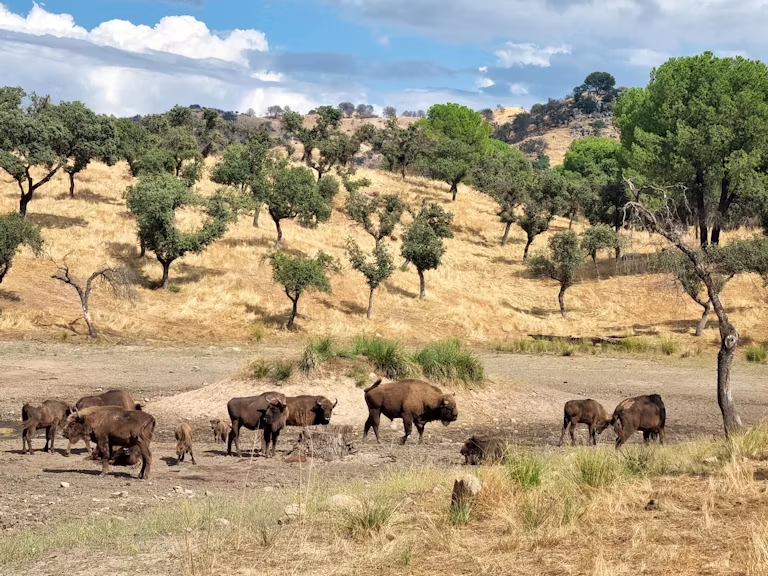Time for an ambitious action plan on 30 by 30
A new report from the House of Lords highlights just how far the UK is off target to protect 30% of land and sea for nature by 2030. Ollie Newham, our Policy and Advocacy Lead, argues for an ambitious action plan from the UK Government, which puts rewilding at its heart.

Published 26/07/2023
The House of Lords Environment and Climate Change Committee released a report which demonstrates just how far off the UK Government is from achieving its commitment of protecting 30% of land and sea for nature by 2030 to address the dual threat of the climate and biodiversity emergency.
It makes for sobering reading: “with only seven years remaining, the extent of land in England which already meets the criteria for 30 by 30 sits at a maximum of just 6.5%”. This is alarmingly short, and we agree with peers that “urgent action” is required.
We support the House of Lords Committee’s call for the UK Government to, as well as producing their planned map identifying sites counting towards 30 by 30, also produce a 30 by 30 delivery action plan. Indeed, it must be ambitious and credible and deliver for nature at a landscape scale. Here’s how rewilding can play a vital role in that.
Six ways rewilding can help achieve 30 by 30
- A Land Use Framework
Rewilding should be part of a new land use framework. Backed up by long-term funding and guided by locally agreed land use plans, this would deliver sustained benefits to nature and communities. - Creating Wilder National Parks
National parks should be a cornerstone of our approach to restoring nature and supporting thriving communities. We must make nature recovery their primary purpose, not just a purpose. - Doubling woodland cover
This must be done by prioritising natural regeneration and colonisation. We should let nature take the lead. See more in our report: Reforesting Britain. - Prioritising peat
We must protect and restore peatland habitat, including scaling up delivery and investment in all 30 by 30 areas identified by the government and beyond.
Rewilding Network member Kingsdale Head is a brilliant example of peatland restoration, where they’re reintroducing sphagnum mosses. - Supporting our coastal habitats
This should focus on restoring and extending saltmarshes as well as seagrass, sea kelp and oyster beds – and recognising the carbon sequestration they deliver. Find out how WWT’s Steart Marshes is already doing this. - Taking action on rivers and wetlands
We need to deliver wilder, regenerating buffer areas around our rivers and waterways, allowing riparian woodland restoration and the expansion of wetland habitats.
Meeting 30 by 30 and the wider recovery of nature requires a huge focus. It must be done though, and it must be done well. Only by creating wilder, more natural landscapes at its core, can that be achieved.
Take action today and sign the Nature 2030 petition which we, along with over 70 environmental charities, are backing.



